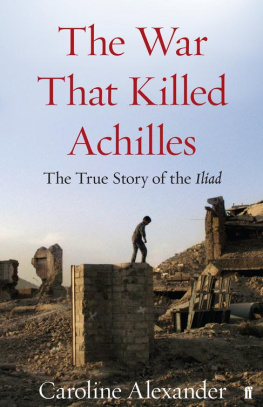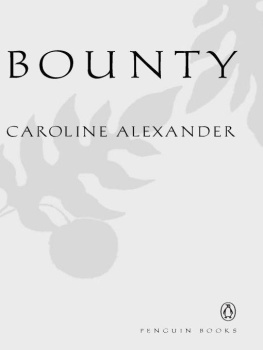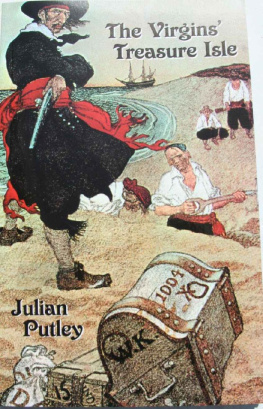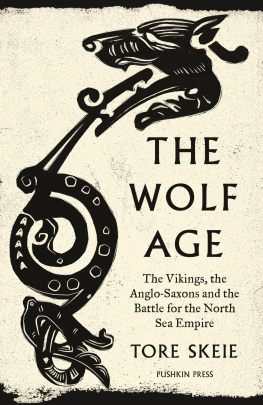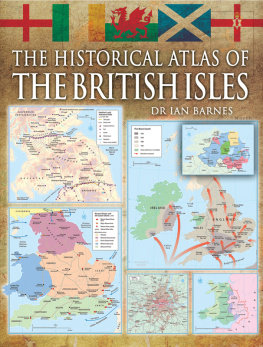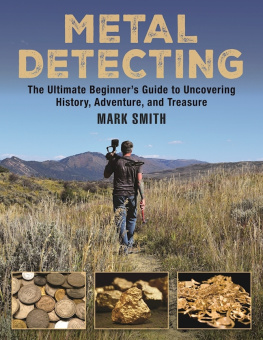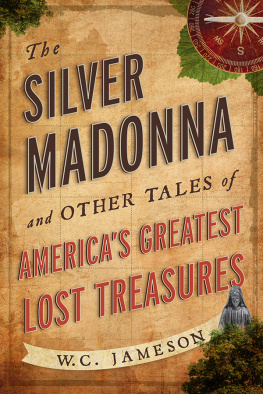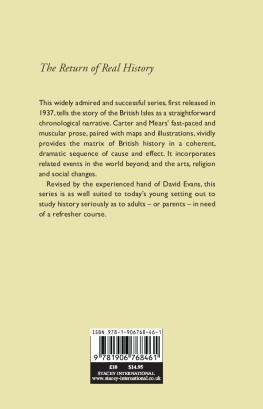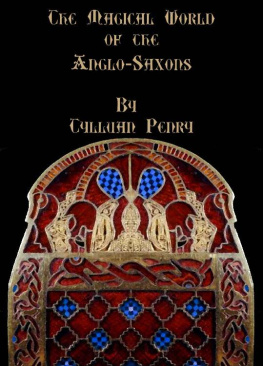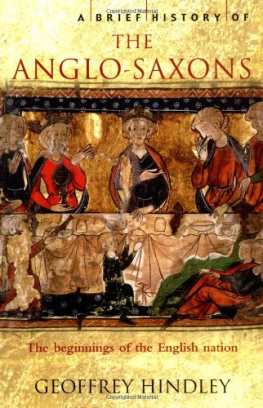
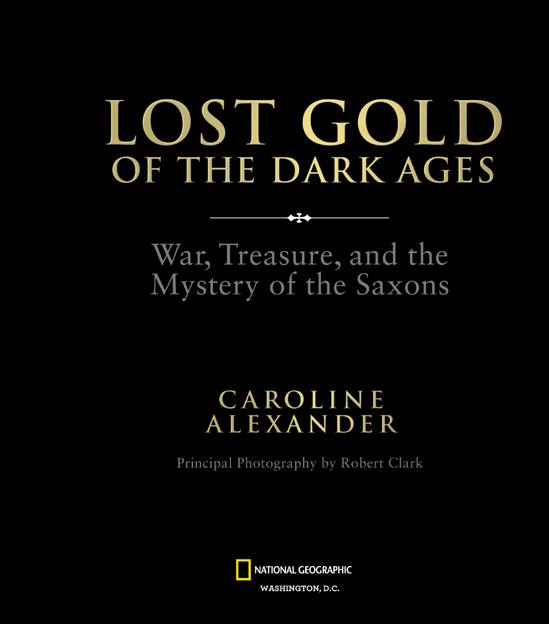


Terry Herbert parked his car on a side road and, carrying his metal detector, opened the gate and went into the field. This was his second visit. He had spent four hours here a week earlier but had found nothing, just modern junk. Climbing a low ridge running across the field, he walked to an area that he hadnt searched before and turned on his metal detector. Swinging the detector, he walked up and down for 15 minutes before the machine gave a bleep; there was something there. He dug in to the soft, floury soil and picked up his find. It looked like a piece of brass, thin and twisted, with a pin sticking out of one side. As the metal glittered in the sunlight for the first time in 1,400 years, he realized that it was gold. Scarcely able to contain his excitement, Terry worked on; he found another piece, then another; slowly he moved toward the center of the hoard, his metal detector now buzzing continuously. Sometimes he would dig after a signal and three or four objects would fall out on the soil. Even when he put the detector down, it lay there buzzing.
At about 3 p.m. Terry went down to see Fred Johnson, the farmer. Fred had been born on the farm and had lived there all of his life. Terry showed him the twisted gold sword fittings, pommels, and garnet-set strips, still covered in earth. Fred was skeptical, and only later did he come to realize the items importance. His countrymans sound good sense has never left him; when I claimed that this was the best crop that had ever come off the field, he corrected me: The food the field had produced was more importantyou cant eat gold.
Terry worked until 5 p.m. before deciding that enough was enough. He had found 50 or 60 objects, 12 or 15 pommel caps, two gold and garnet pyramids, and a bar of metal bearing strange lettering and a gold cross, folded around the jewels that once had decorated it. While digging this, Terry had seen something sticking out of the ground: a golden snake.
On returning the following day, Terry found that it had been raining. He started searching and, within minutes, was again finding item after item, sometimes in holes that he had already dug. This was getting desperate. The most striking find of the second day was a gold mount decorated with two birds of prey holding a fish in their talons. He also picked up a second, smaller cross; one of its arms was missing, but it turned up about eight yards away. It rained on and off for the next two days, and Terry kept dodging the thunderstorms that swept over the hill. It was very dramatic; the elements seemed to be marking the hoards return to the world of man. Terry was acutely aware of a real threat: The site lay in the angle of two busy main roads, one being Watling Street, the old Roman road. Would anyone passing see him and wonder why he was spending days on this spot? Among metal detectors there was, unfortunately, a criminal element that would see this site as suitable for nefarious attentions. Terry hated leaving the site each evening and was relieved when he returned each day to find all was well.
By the fifth day the number of finds had fallen off, but there were still surprises. One of the most memorable objectsa silver-gilt helmet cheekpiece with processions of weird animalswas found on day five. In an area about six feet square Terry picked up 21 lumps of clay with metal fragments sticking out of them. He wisely decided to leave them alone and bagged them for further treatment. He was beginning to see a pattern in the finds: There was one main area with a second concentration two to three yards to the south. From these the plow had scattered the objects down the field for about 40 yards. Terry was now very tired and was not sleeping well. It was time to call in the archaeologists.
Duncan Slarke, Finds Liaison Officer for Staffordshire, was at his desk in Birmingham Museum when he received a phone call from John Hayden, Terry Herberts cousin. Duncan sat, amazed, as John related what had been found; it sounded incredible. That evening Duncan went to see Terry at home. On the table stood a plastic box, which was opened to reveal the stuff of dreams. Duncans first comment was Wow! He went through the contents of the box and said, Unbelievable, magical one of these finds would have been important, but this lot: WOW! Terry then dropped the bombshell: Theres another four boxes, he said. Working late that night, Duncan made notes. Eventually he left with the boxes. Responsibility for the hoard had moved on.
Duncan contacted the organizations that needed to be involved, and there was a meeting of most of them during the following week at the museum in Birmingham. There were representatives from Birmingham Museum and Art Gallery and English Heritagethe body responsible for archaeology in Englandand archaeologists from Staffordshire County Council. The Portable Antiquities Scheme was represented by me, Duncan, and Dr. Roger Bland, head of the department of Portable Antiquities and Treasure at the British Museum. We were awestruck by the beauty of what had been found, excited by its historical importance, yet scared stiff that it was our responsibility. Fortunately, fright can do wonderful things, and everyone rose to the occasion. It was clear that work had to be done on the find spot; Terry hadnt found everything. Bill Klemperer from English Heritage said, Just get some archaeologists out there and sort it out. Then there was the legal side: There would need to be a coroners inquest on the hoard, but he would need a report on what was found.
Roger Bland, who is responsible for treasure, asked me if I could do a catalog, and so, over the next eight weeks, the hoard was cataloged. Security was still an issue, and a 24-hour guard was set up on the site. There was a complete news blackout; until the day of the inquest and press launch, no one outside the group knew of the discovery.
The excavation was carried out by a small team from Birmingham University led by Bob Burrows. They worked for four very wet weeks and, assisted by Terry Herbert, recovered and plotted the positions of everything they found. Terry felt his hoard moving away: The burden was lifting; they still needed me and my metal detector, but I was slowly losing my hoard. Its hard to describe what I felt; I knew I could never keep it, but being taken away as more people became involved, I was losing it.
Fred Johnson often visited the site to see what was being found. Looking at the finds, he could understand how the archaeologists got as excited as they did; the workmanship is incredible. He was also impressed by the archaeologists themselves, struggling in the wet, and said they were incredible people.
We never found the thing that we most wanted: a context for the hoard, something to help date it or tell us why it had been buried. A pit or a pot from which it came, the remains of an associated building, anything that might provide a context. There was nothing; every bit of the hoard came from the plow soil. As they carried out geophysical surveys, scientists looked for electrical or magnetic anomalies that might reveal something beneath the ground, but there was nothing relating to the hoard.
Out of the rain, and helped by my wife, Dianne, I worked on the catalog of finds for the inquest. It was an unforgettable experience. Bag after bag was opened, and each object and fragment was weighed, measured, and recorded on a computer. We were the first people to be able to really look at the find; we saw strange, interlaced animals, their jaws locked around each other. As we worked we knew that we were in the presence of greatness. It was humbling.


